Just over 200 people live in the small village of Tekeriš, in the municipality of Loznica in western Serbia. As you pass through it, the only building that will catch your attention is the large monument topped with an eagle, an eagle accying a laurel wreath in its beak.
Few people realize the importance of this monument. Few know that this is the place where 115 years ago the history of Europe and the world was written: in the battle of Tekeriš, the last part of the great Battle of Cer, the Serbian army defeated the far superior Austro-Hungarian army. This feat went down in history as the first victory of the Allied forces in World War I, also known as the Great War.
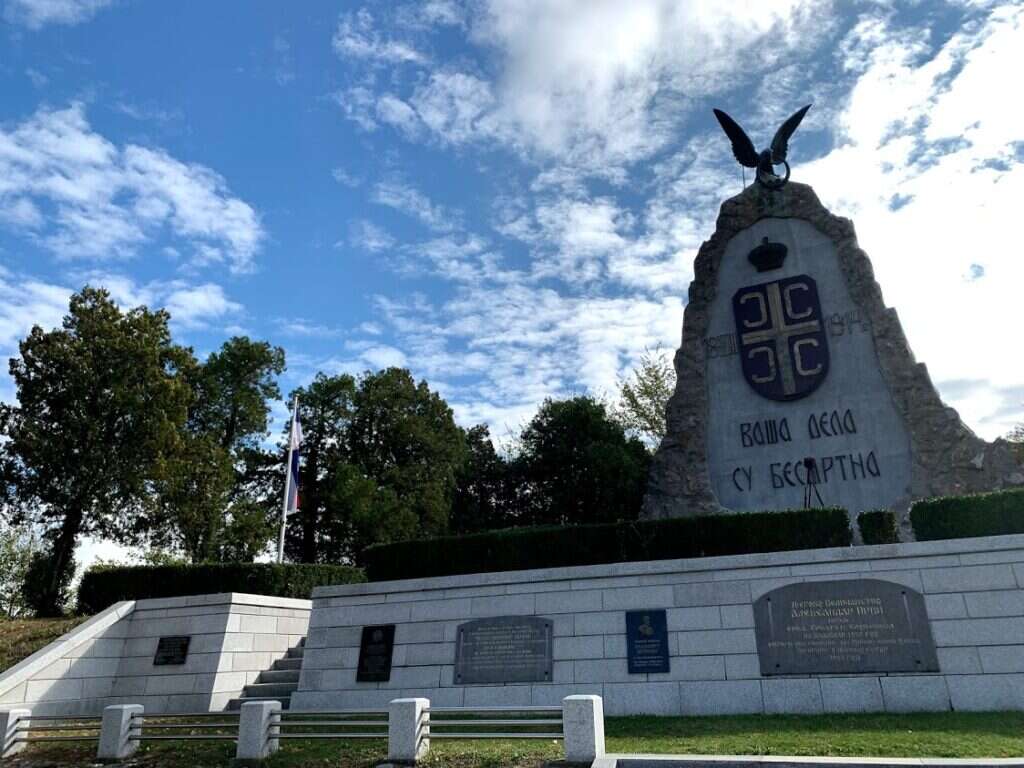
The memorial ossuary that stands here today is a testimony to this great victory, and beneath its foundations are buried the remains of fallen Serb soldiers.
The Serbian army had 16,304 soldiers killed or injured during this battle, and the Austro-Hungarian army over 25,000. 14 years after the battle, in 1928, this ossuary was erected in the center of the village of Tekeriš. The remains of some 3,500 Serb soldiers are there, but not only them. All proudly point out that the bones of the Czechs who died in the 28th Prague Regiment are inside it as well.
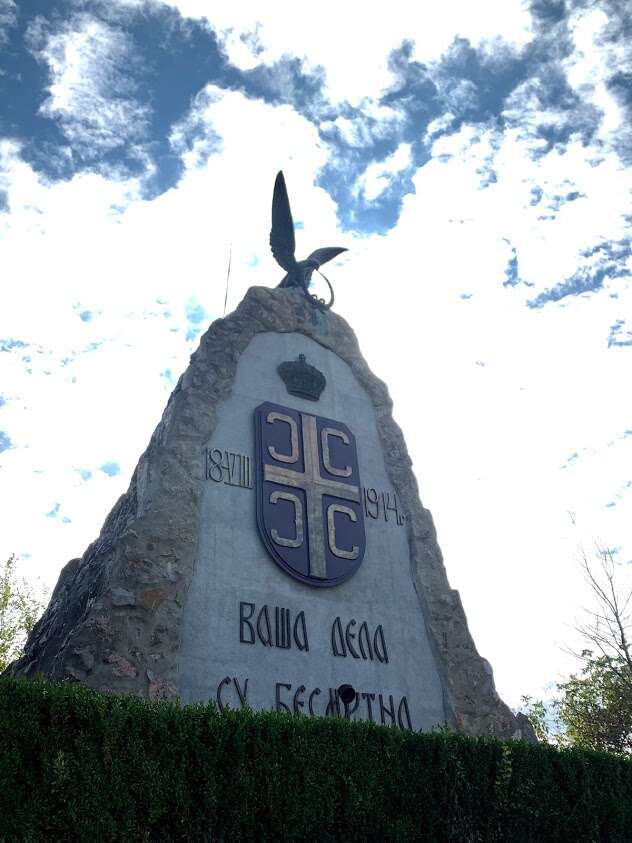
Namely, these Czechs were part of the Austro-Hungarian army, but at one point they moved towards the Serbs, whom they considered to be brotherly Slavs, and with the song “Hey Slavs” marched towards them, wanting to surrender. The Austro-Hungarians shot the Czechs in the back and decimated them.
The ossuary itself is made to resemble a rock, about 10 meters high, and at its top is the eagle already mentioned, symbolizing the Serbian army, with a laurel wreath, a symbol of victory, in its beak.
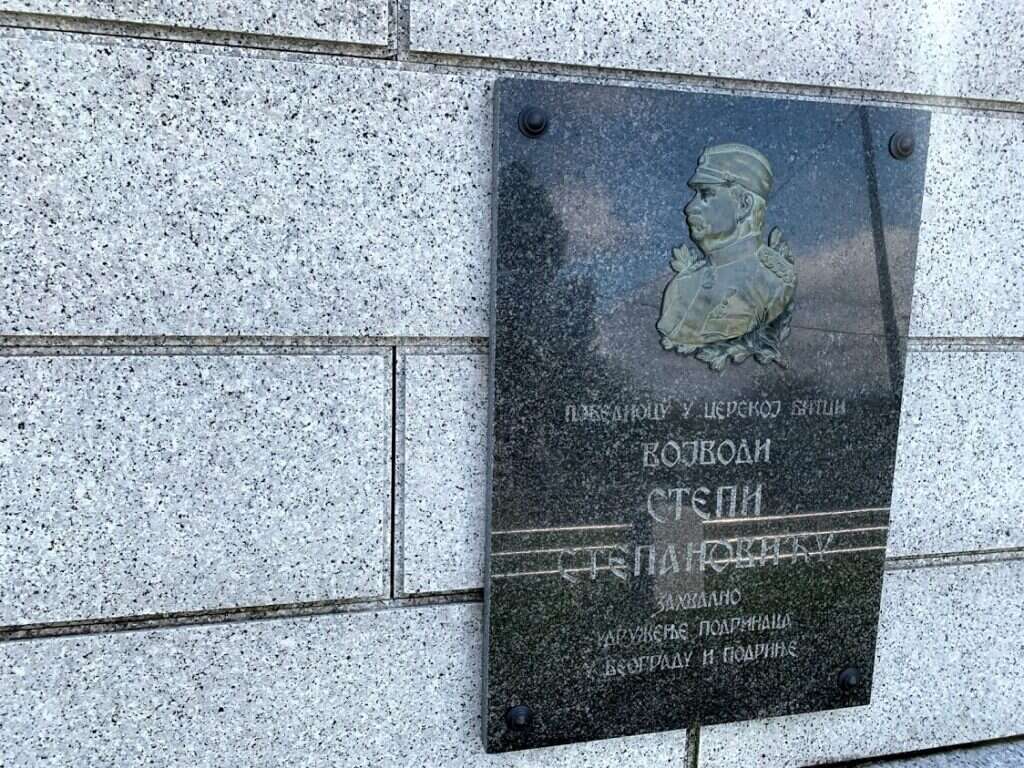
On the front is a shield with a cross and the inscription “18. August 1914, your deeds are immortal ”, while on the pedestal are memorial plaques and figures of the great commanders of the Serbian army, Dukes Radomir Putnik and Stepa Stepanovic.
Near the ossuary is a chapel, now a museum, which houses an exhibition of the Battle of Cer, and there are, in front of it, the busts of dukes of Putnik and Stepanovic, and also dukes Zivojin Misic and Petar Bojovic, all great serbian military leaders from the Great War.
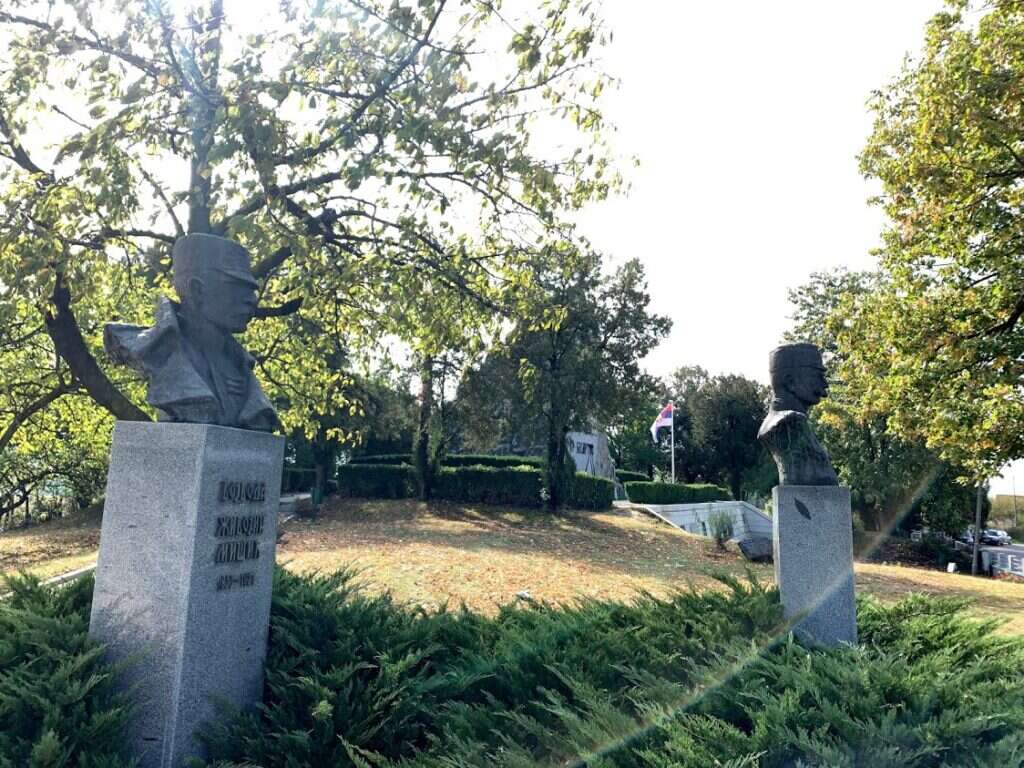
Five years ago, the busts of Serbian kings Peter and Karadjordjevic and Alexander I Karadjordjevic were added.
The exhibit includes photographs, objects carried by Serb soldiers, testimonies of civilians suffering during the Battle of Cer…
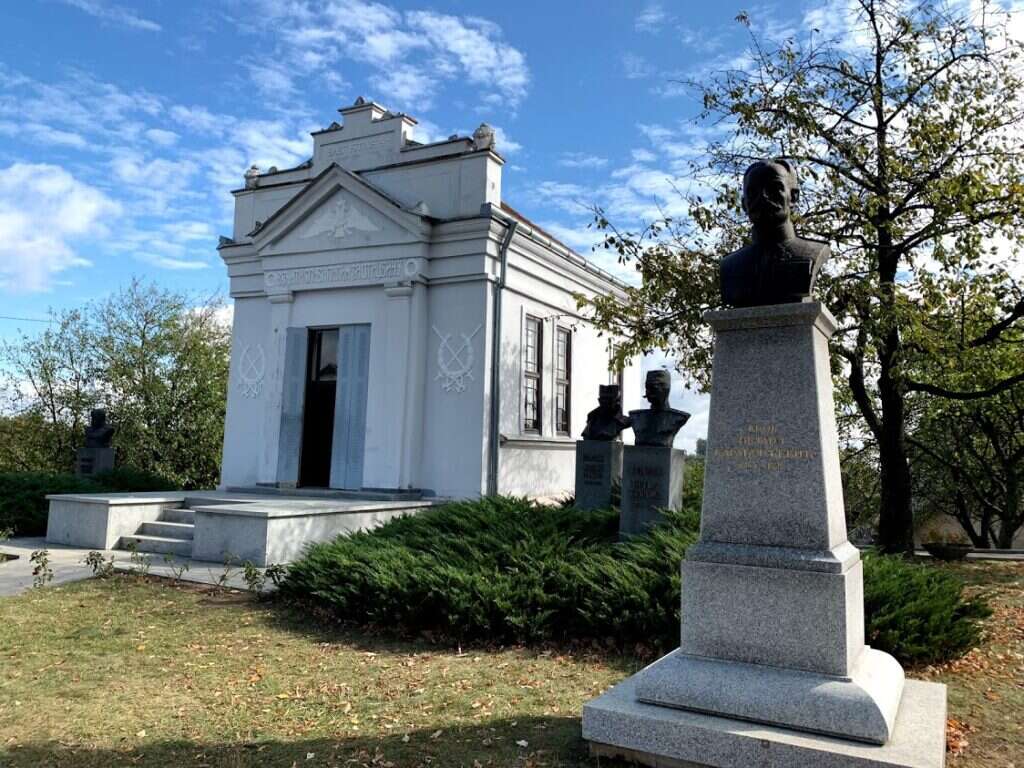
Special attention was drawn to an exhibit called “Tekeris Towel”, which tells perhaps the most touching story from the First World War. There is a white cloth displayed, with a woven “Persa, Spajic girl” woven into it, and above it an explanation:
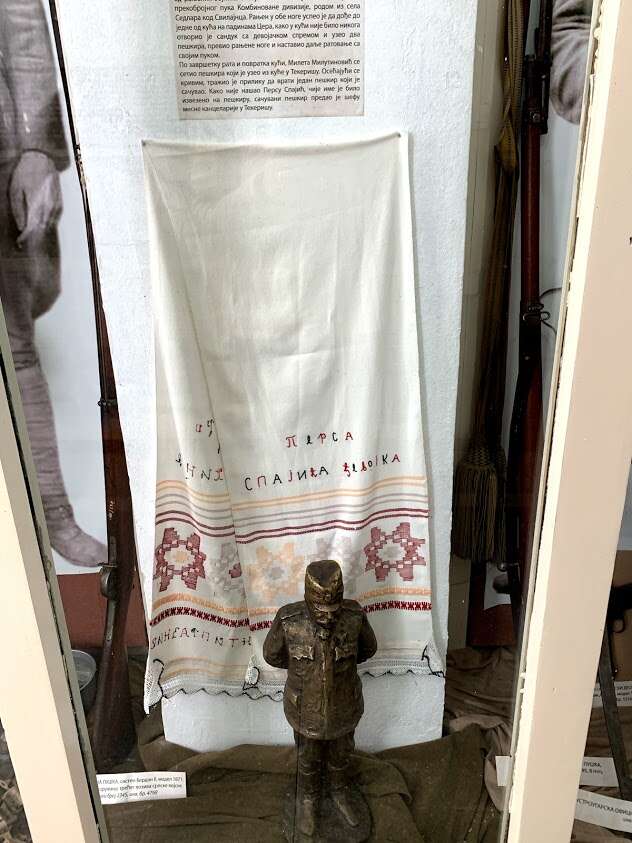
“On the night of August 15th to 16th, this area was hit by a terrible storm, with rain pouring down, accompanied by strong winds, thunder and lightning. Regardless of the incidents, the 2nd Regiment was sent to occupy the Trojan peak immediately after their arrival in Krivaja – Trojan being one of the strategic highs on the Cer mountain. Unbeknownst to the positions of the enemy soldiers, the regiment reached Trojan across the Velika Lisina i Mala Lisina. Then, they observed lights in the Vodice-Trojan area, where a part of the 21st Austro-Hungarian Landver Division was stationed. They attacked the enemy at sleep and inflicted heavy casualties, shattering the entire division.
There were casualties in the serbian ranks as well. One of the wounded soldiers was Mileta Milutinovic, a fighter of the 2nd Regiment of the Combined Division, originally from the village of Sedlar near Svilajnac in eastern Serbia. Wounded in both legs, he managed to reach one of the houses on the slopes of Cer mountain. As there was no one in the house, he opened a girl’s crate, took two towels from it, wrapped his wounded legs and continued to wage war with his regiment.
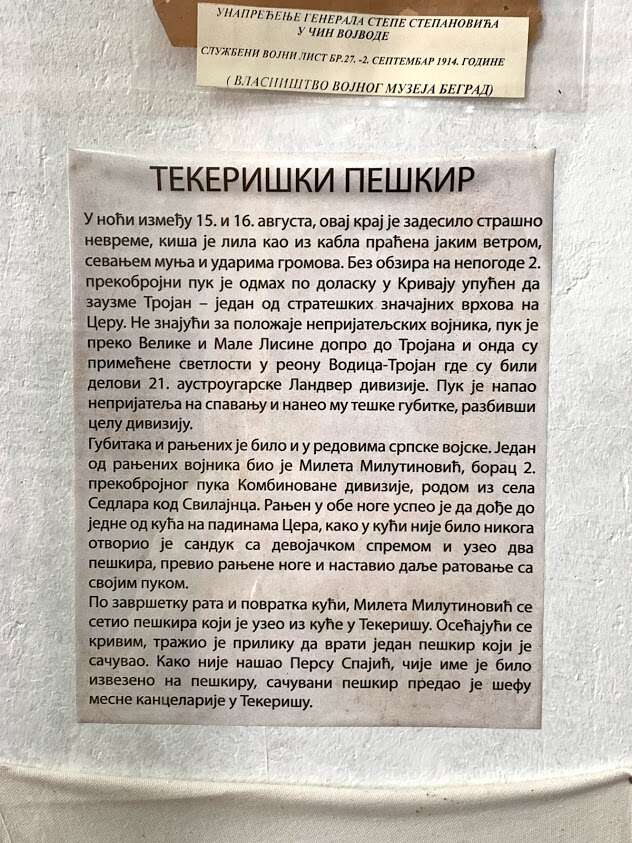
Upon the end of the war and returning home, Mileta Milutinovic remembered the towel he had taken from her home in Tekeris. Feeling guilty, he sought the opportunity to return one of the towels that had been preserved. As he did not find Persa Spajic, whose name was embroidered on the towel, he handed the preserved towel to the head of the local office in Tekeris. “
What can we saz about this, except “oh, how times have changed, and so have people with them, in the last 115 years!”
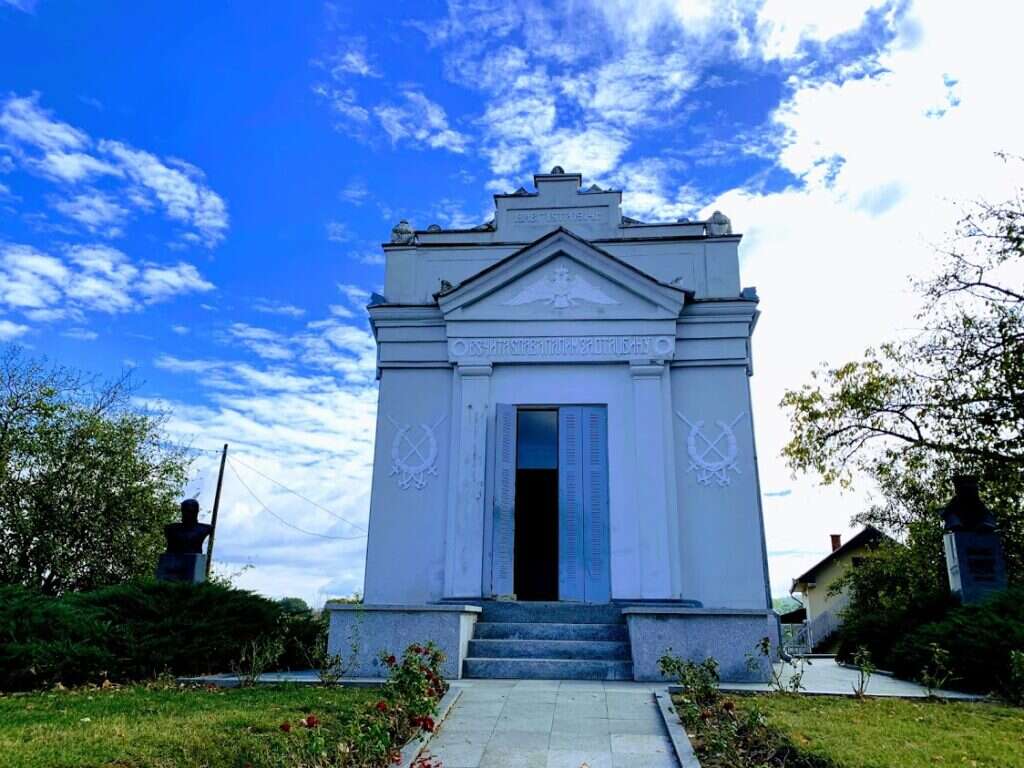
This text is part of the project “Seven Wonders of Miracle”, co-funded by the City of Loznica.
(Come to Serbia)
